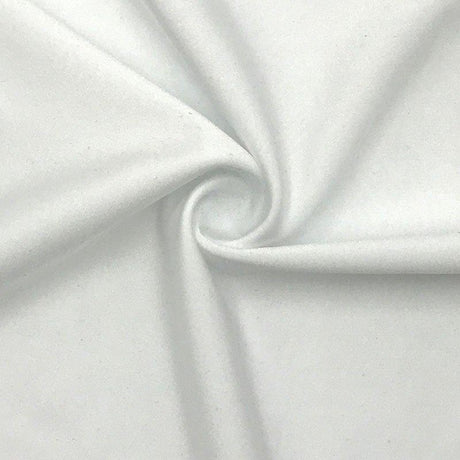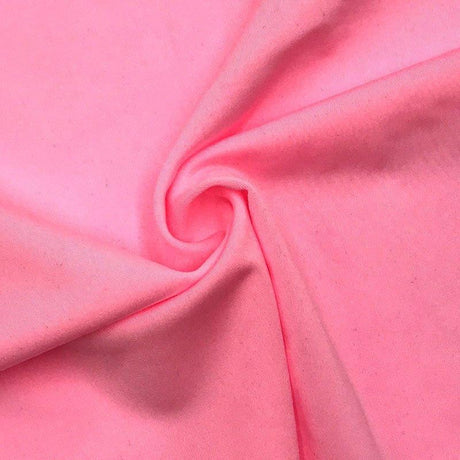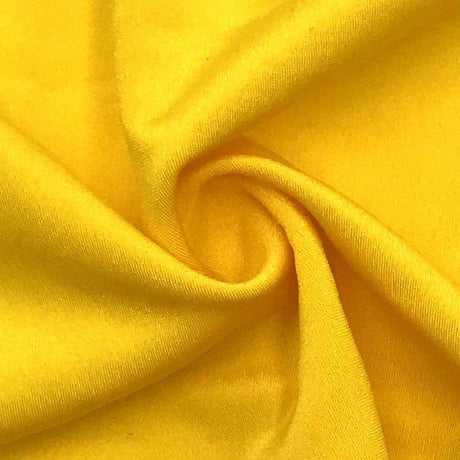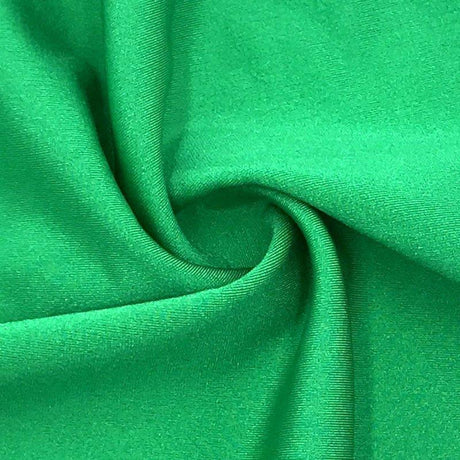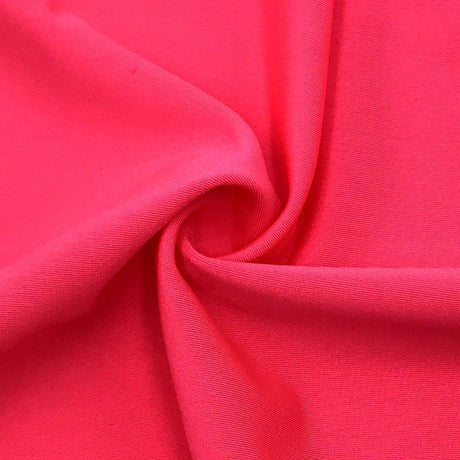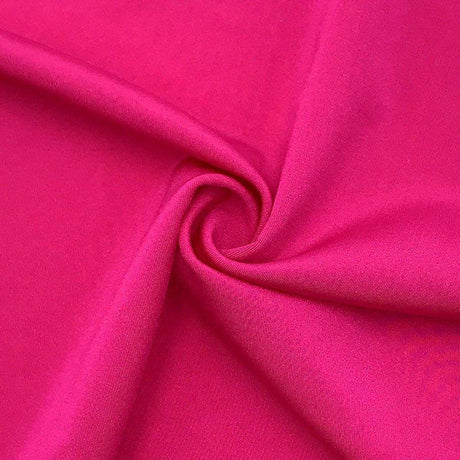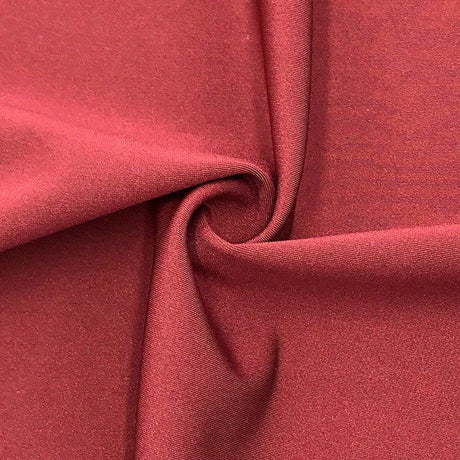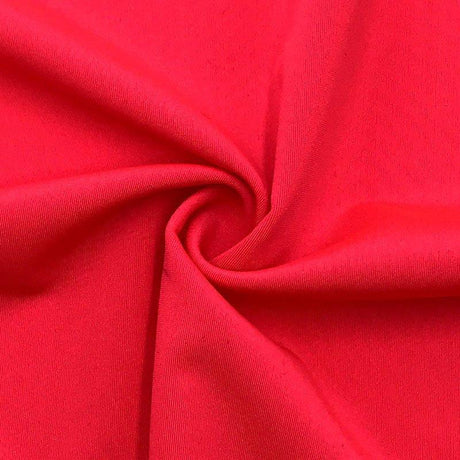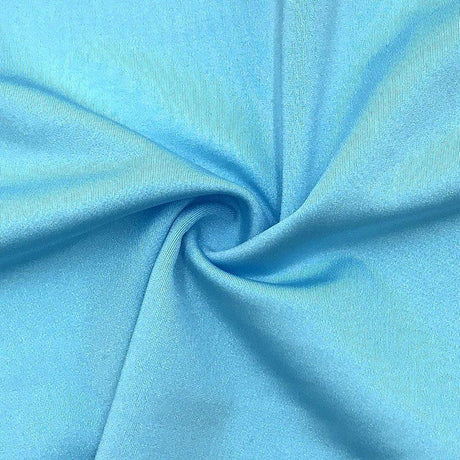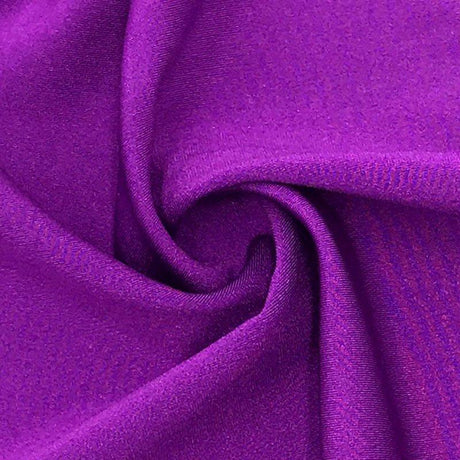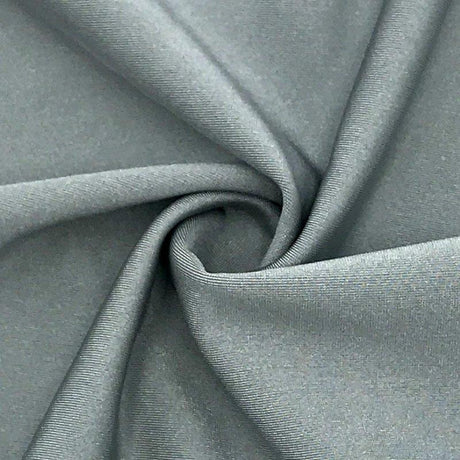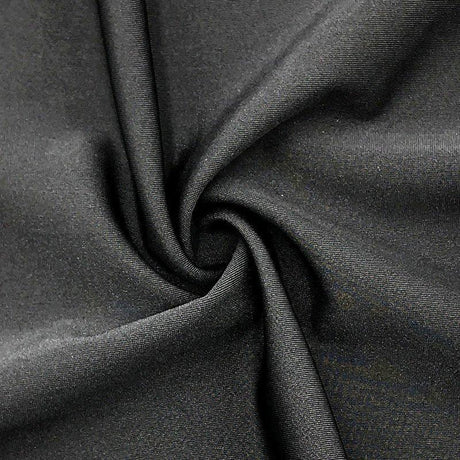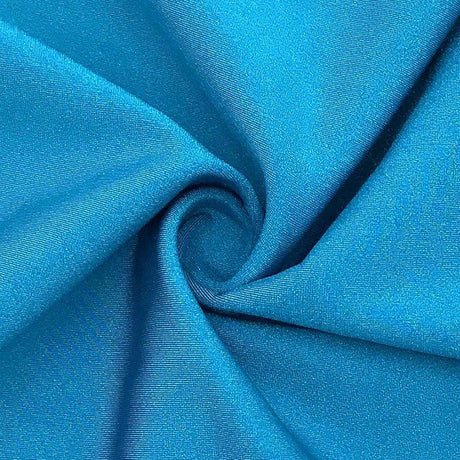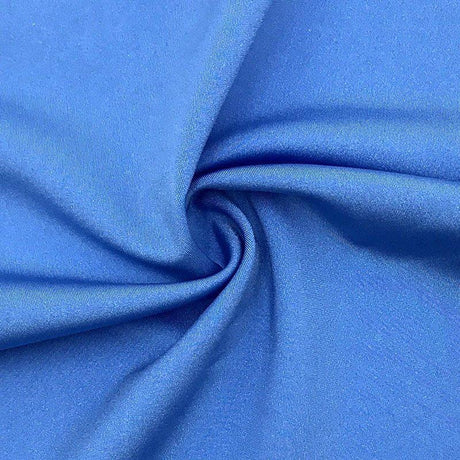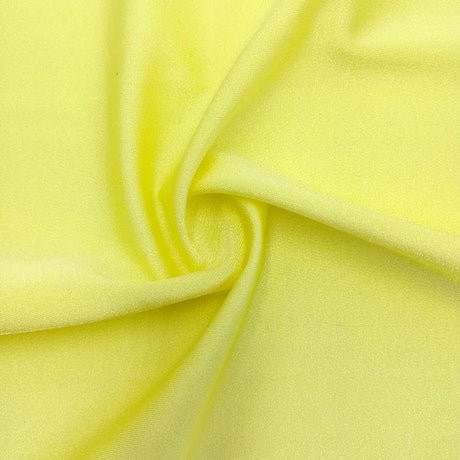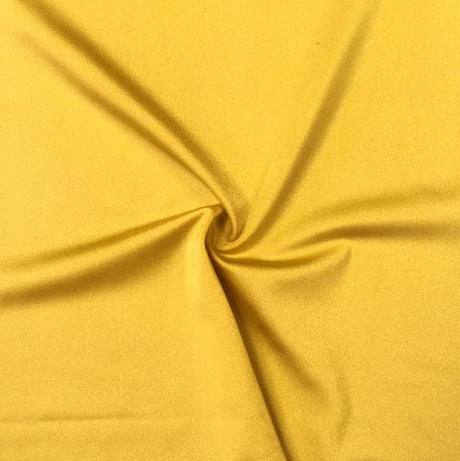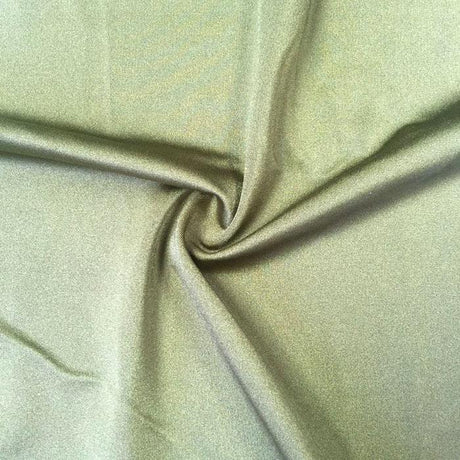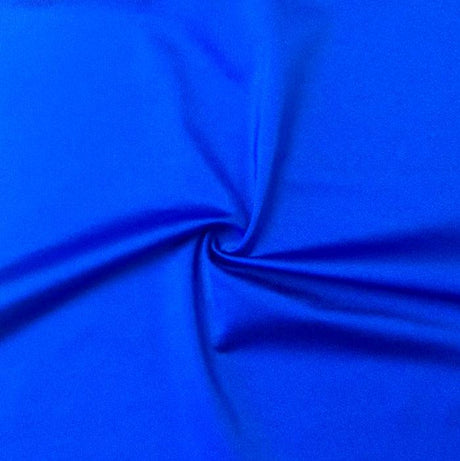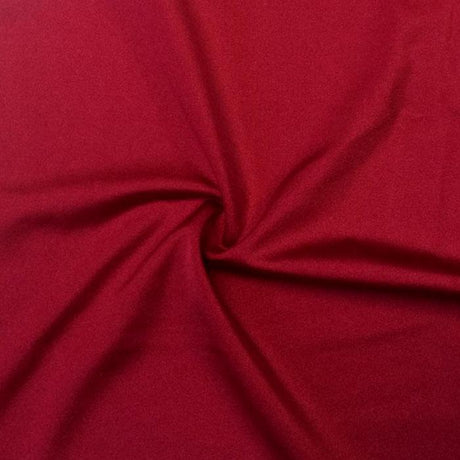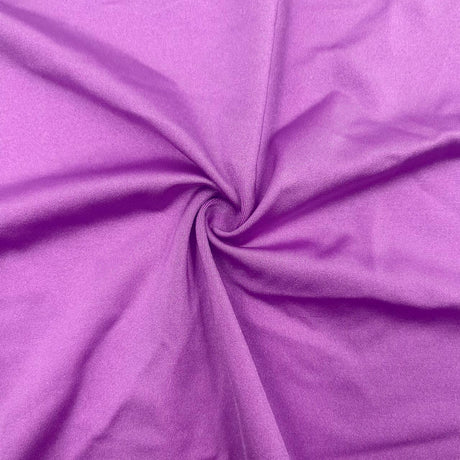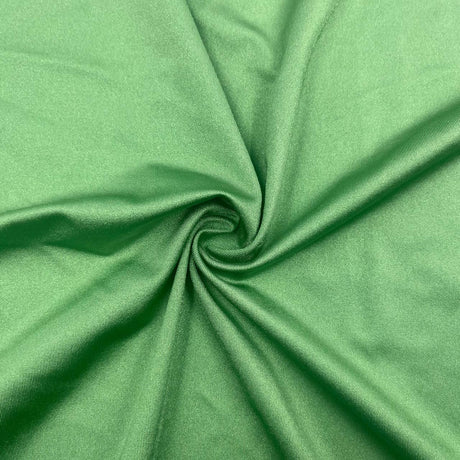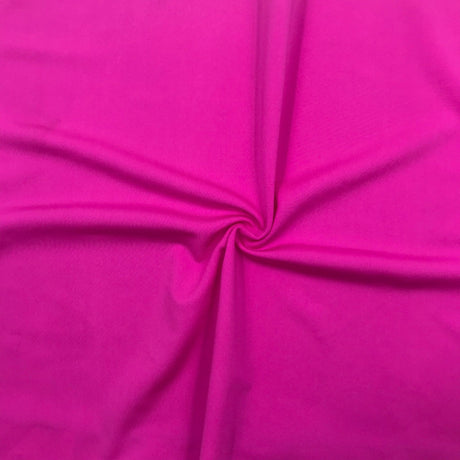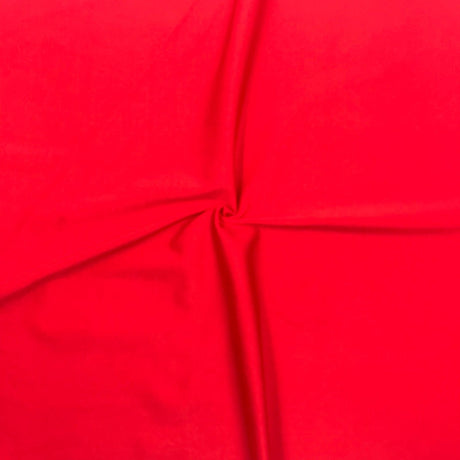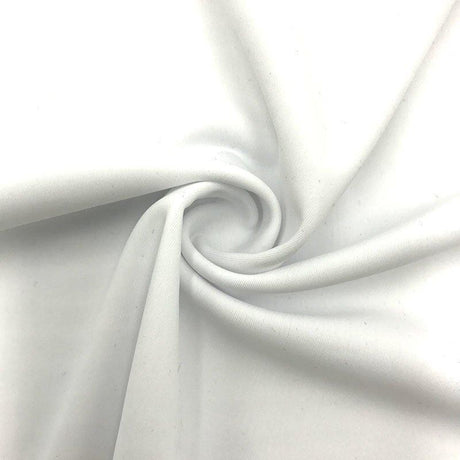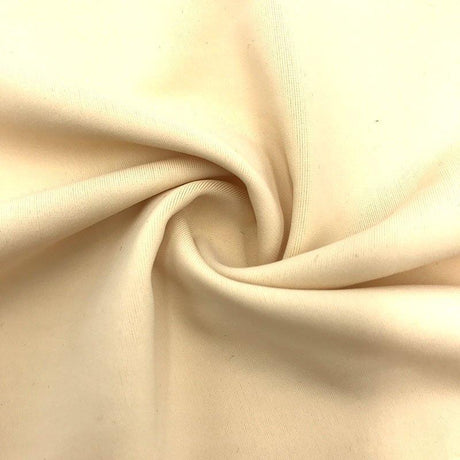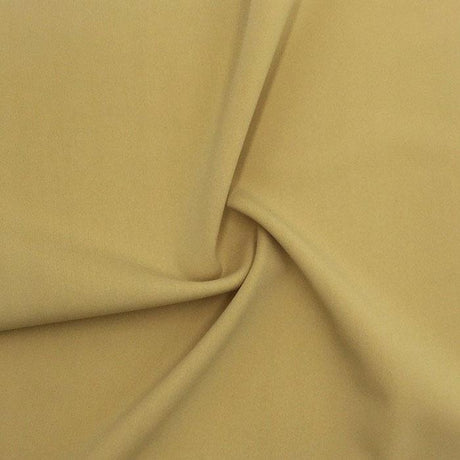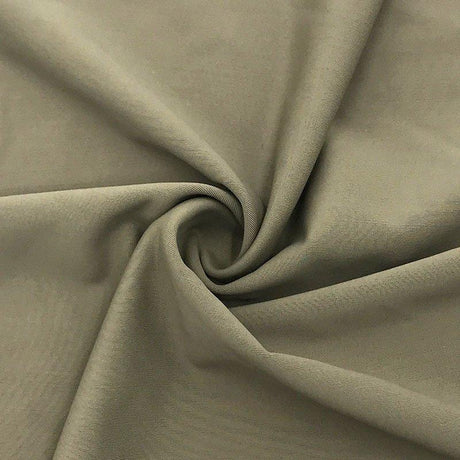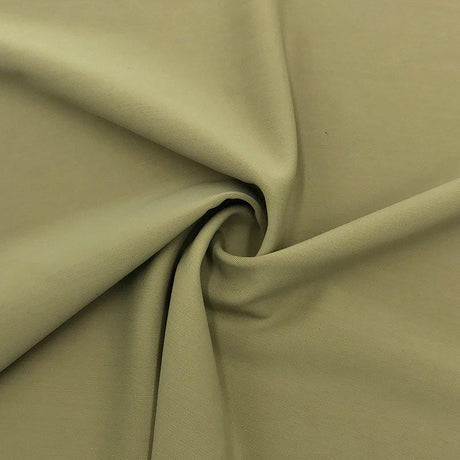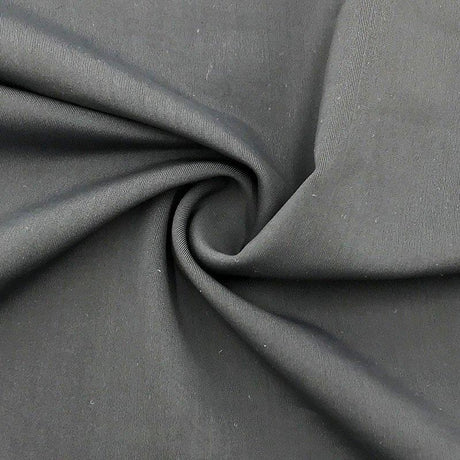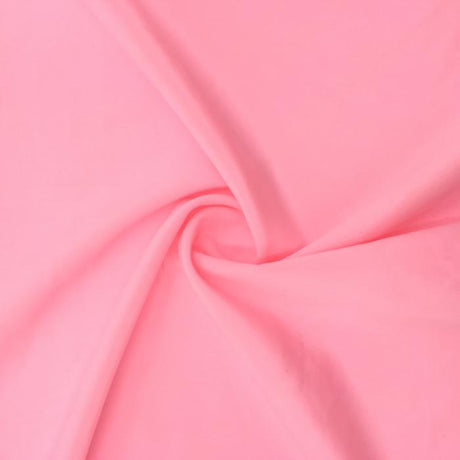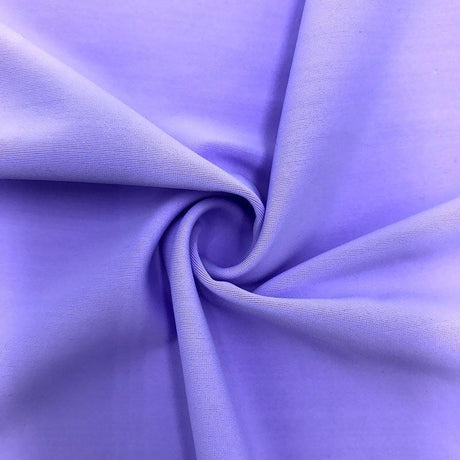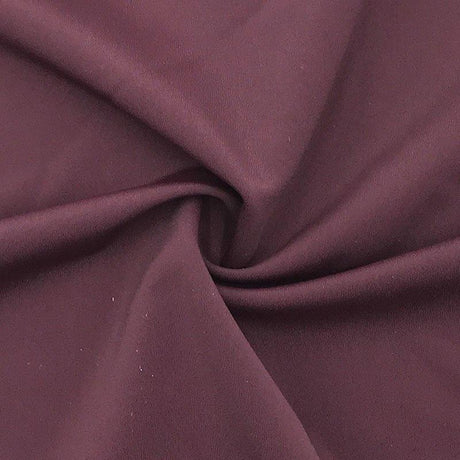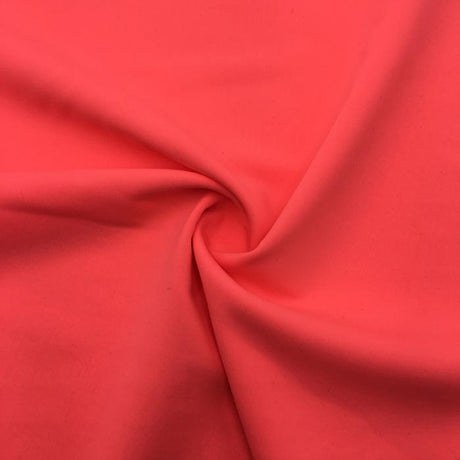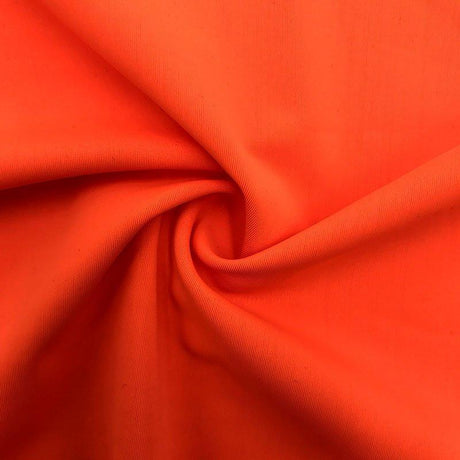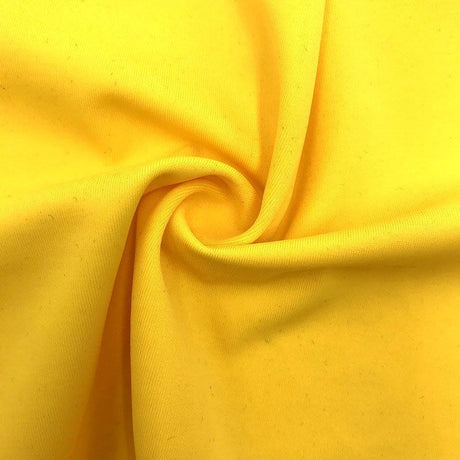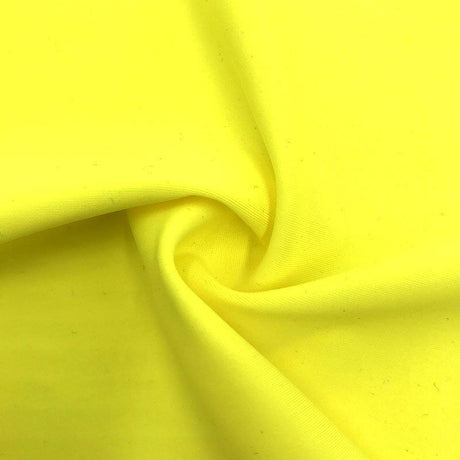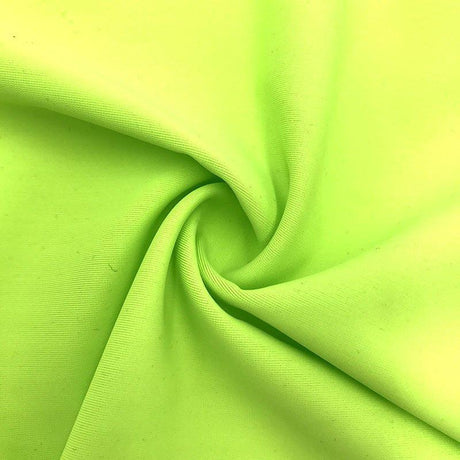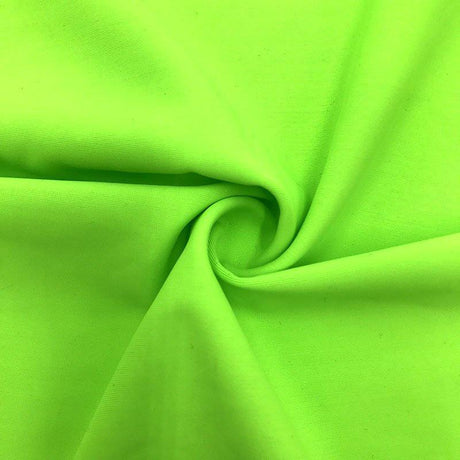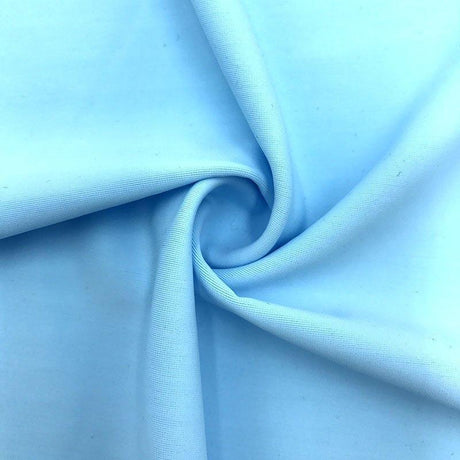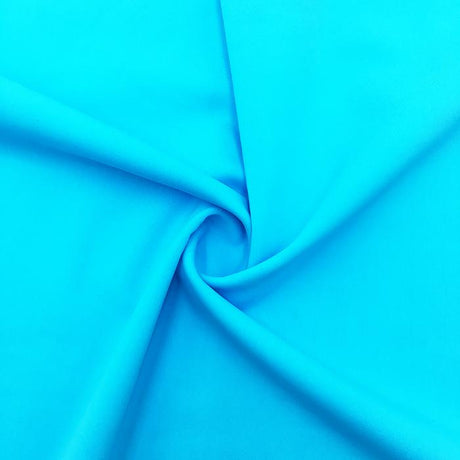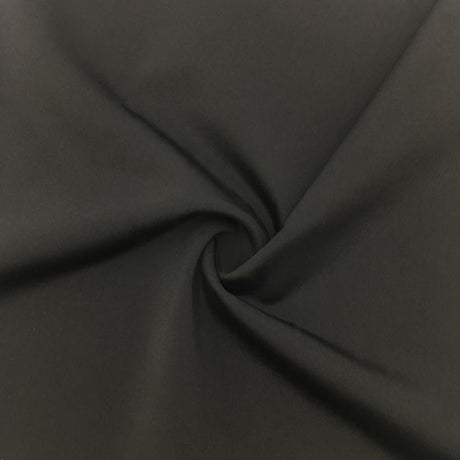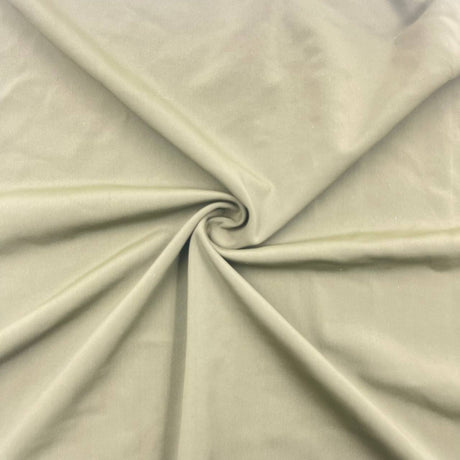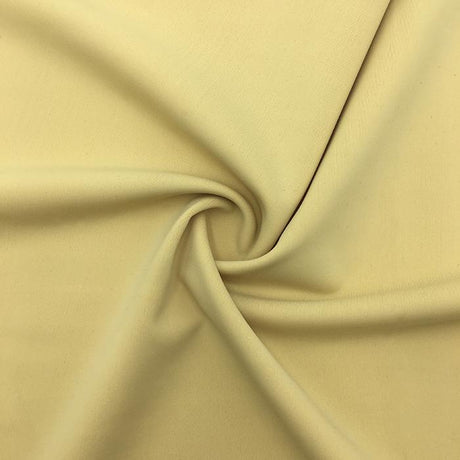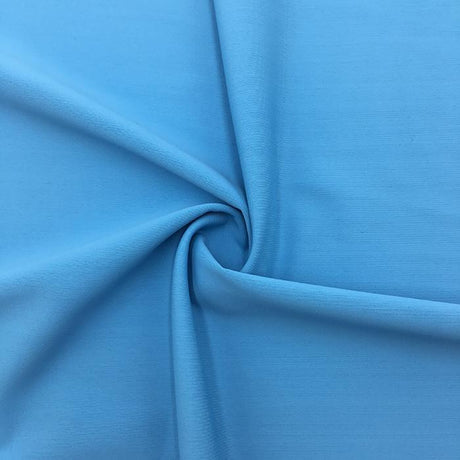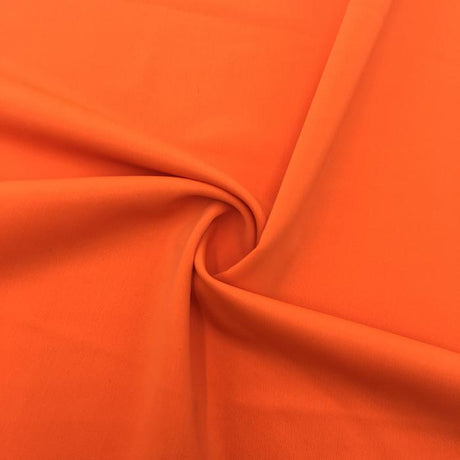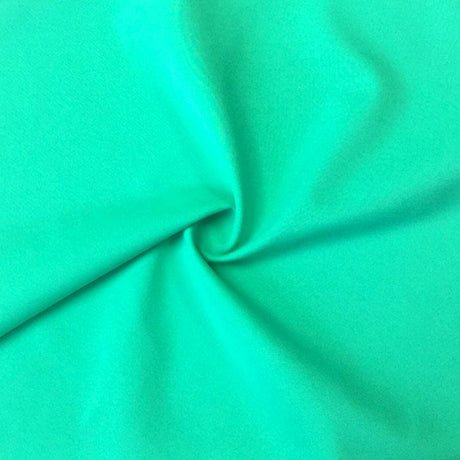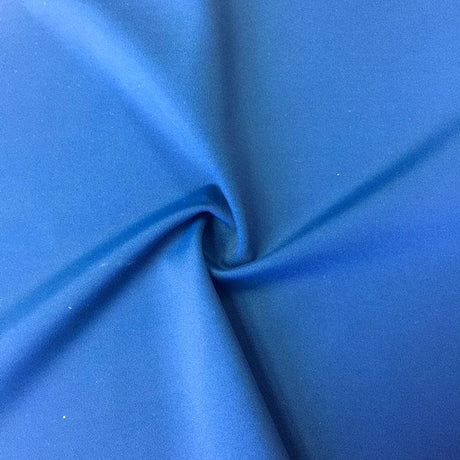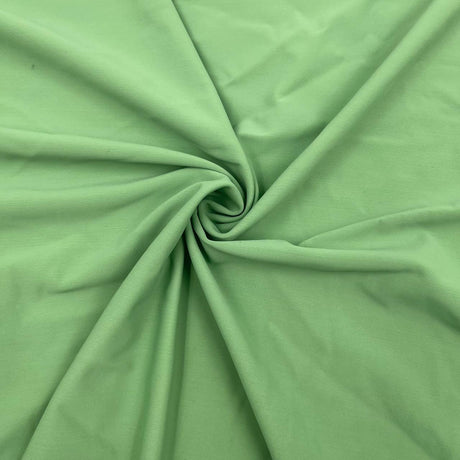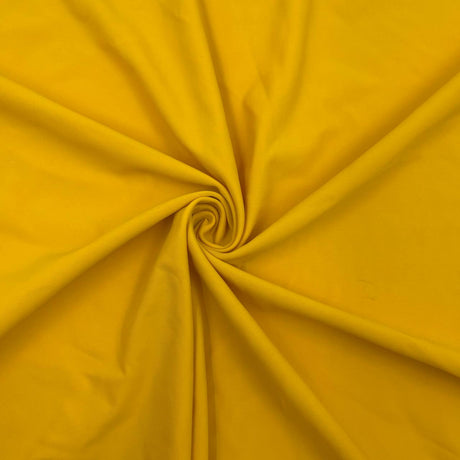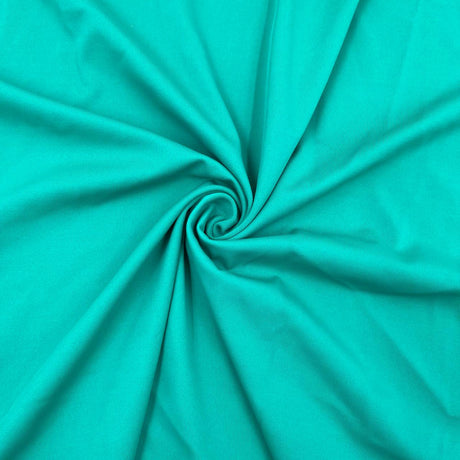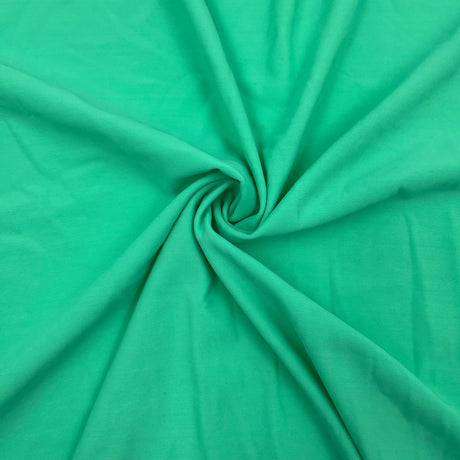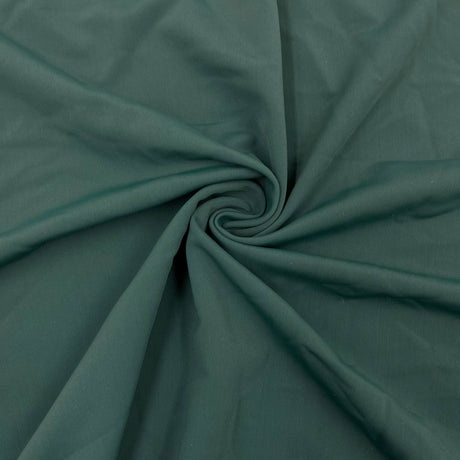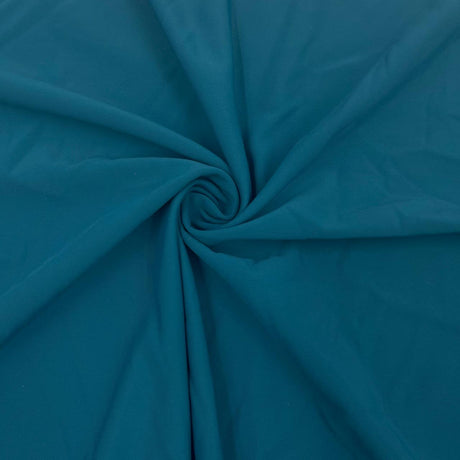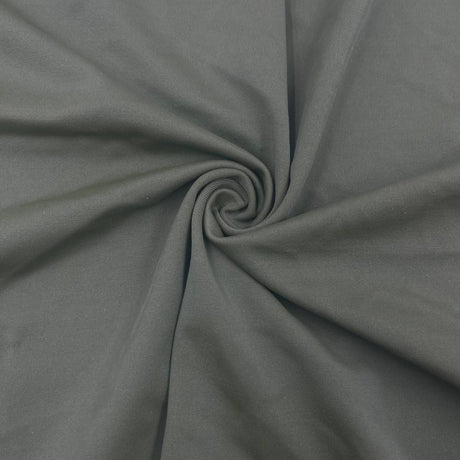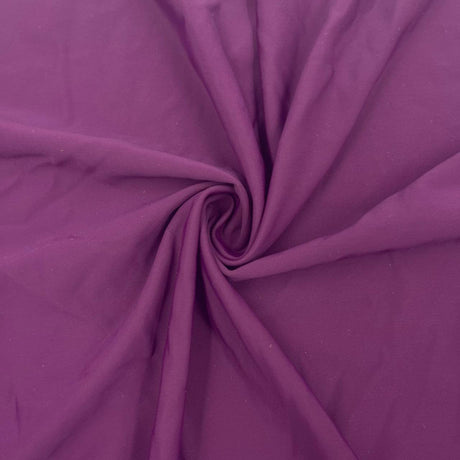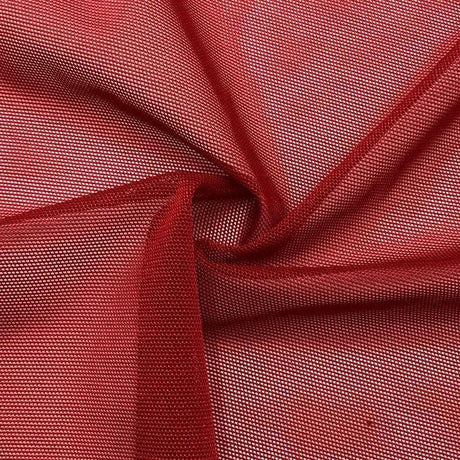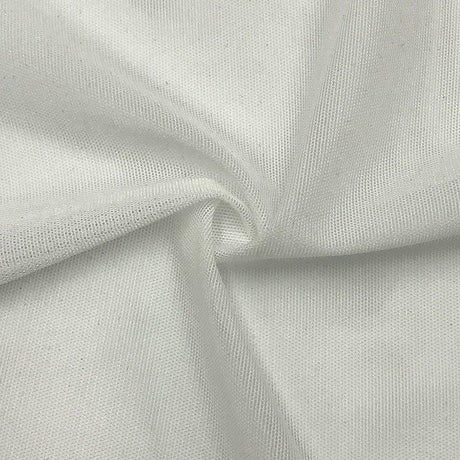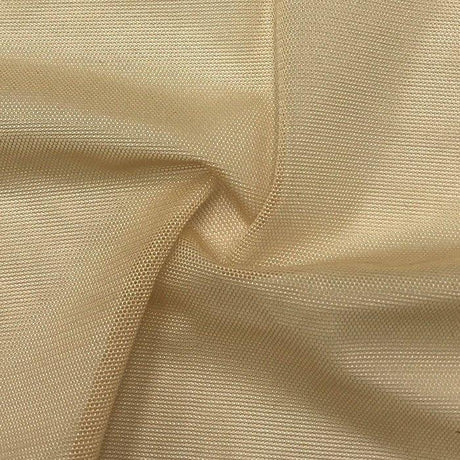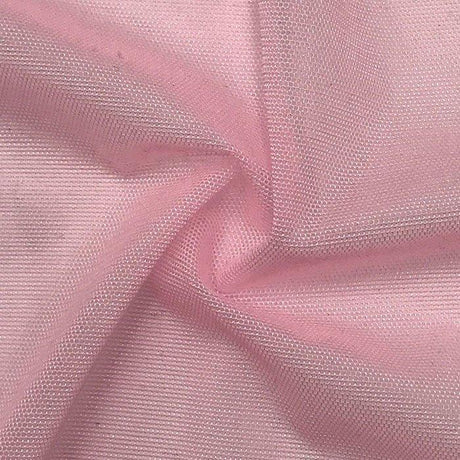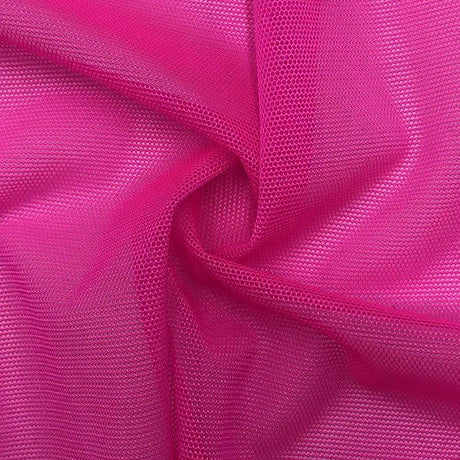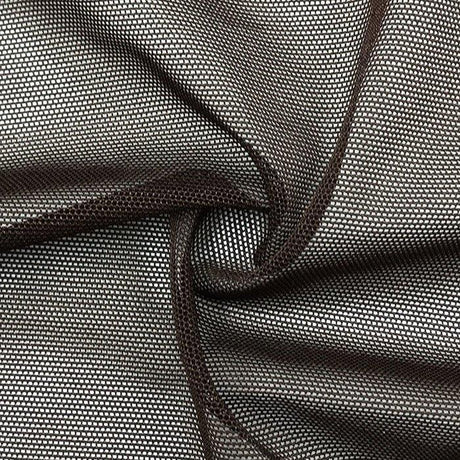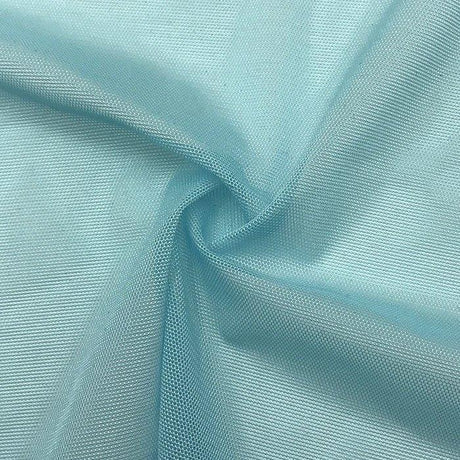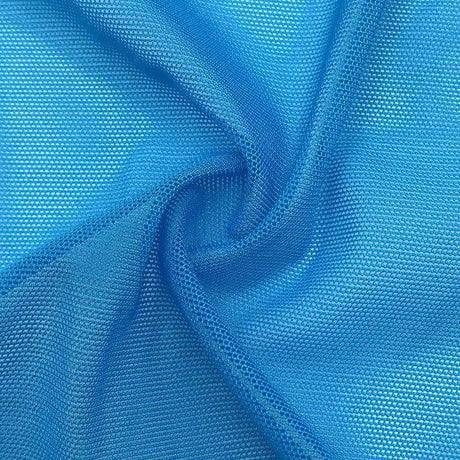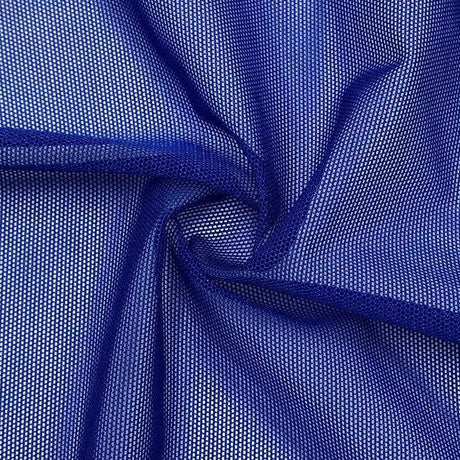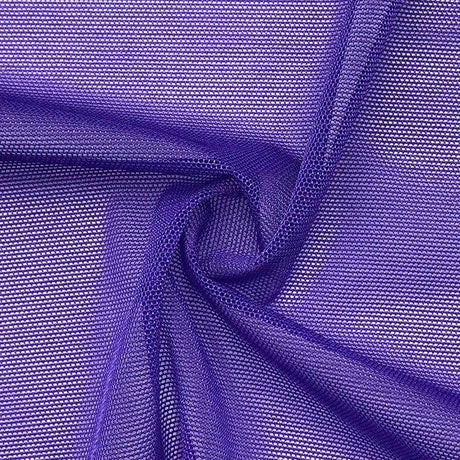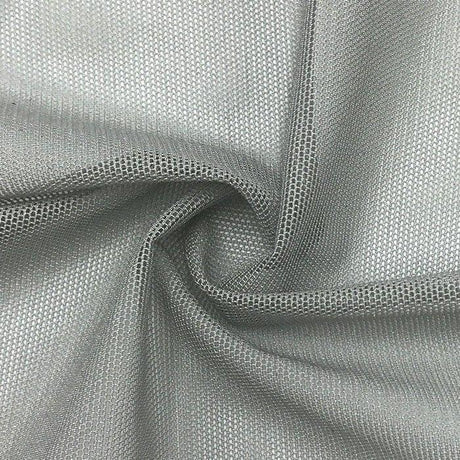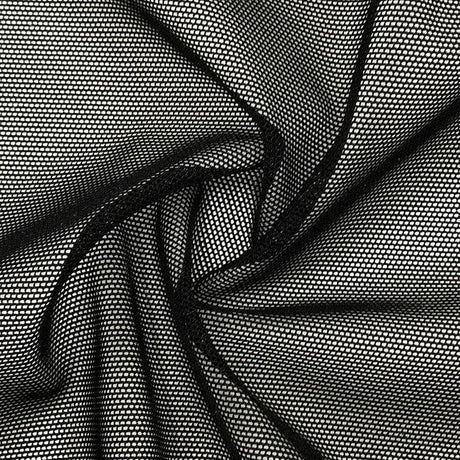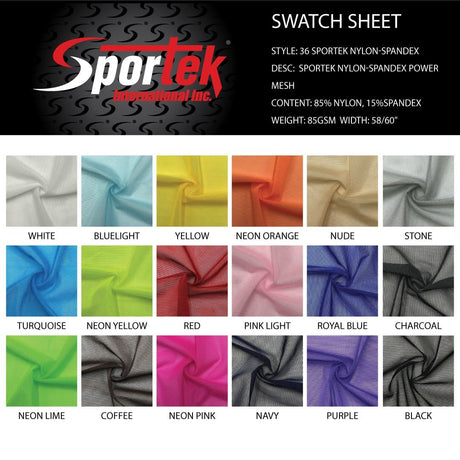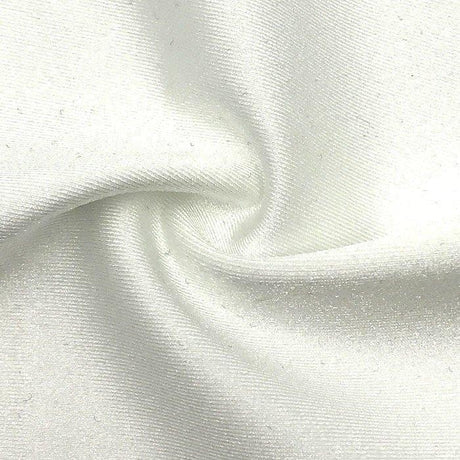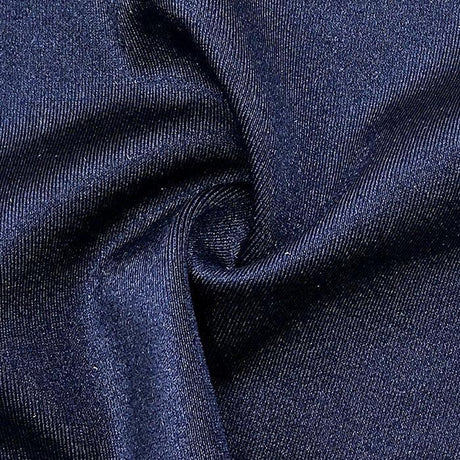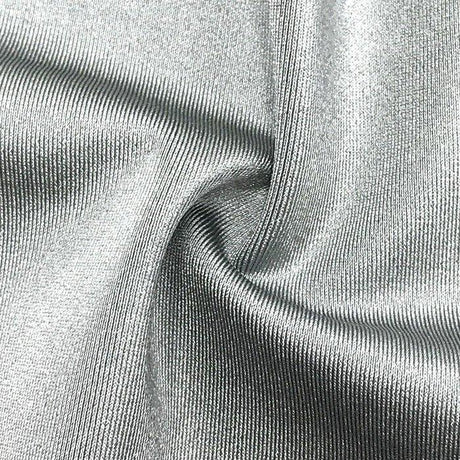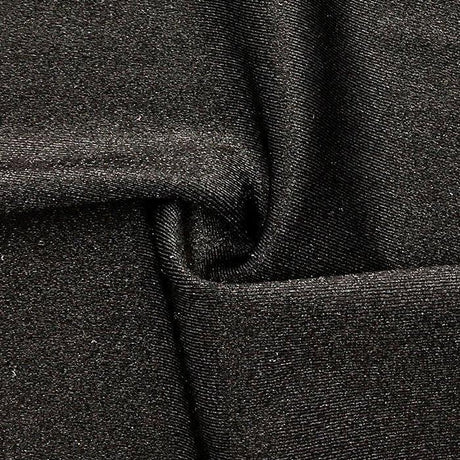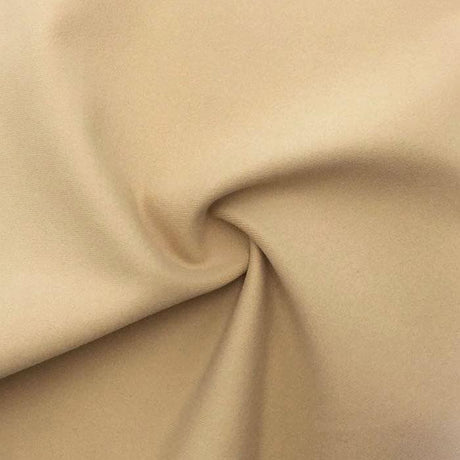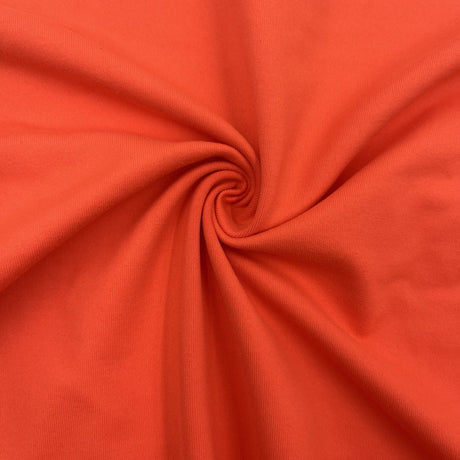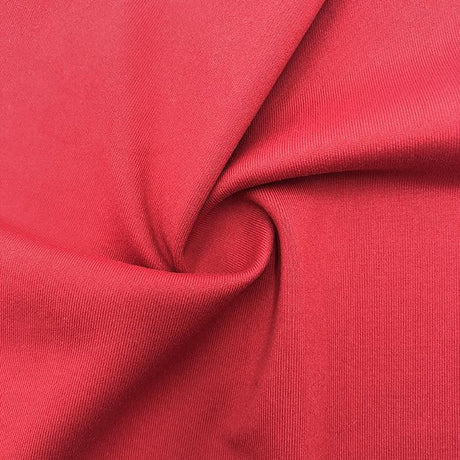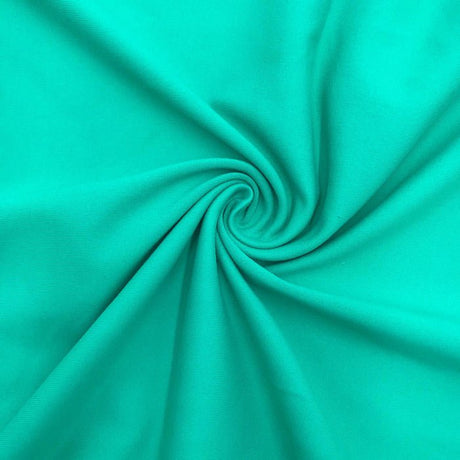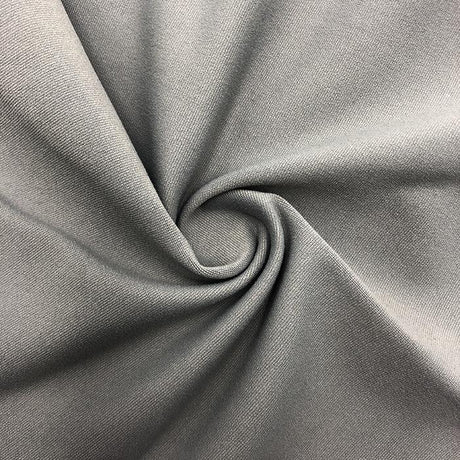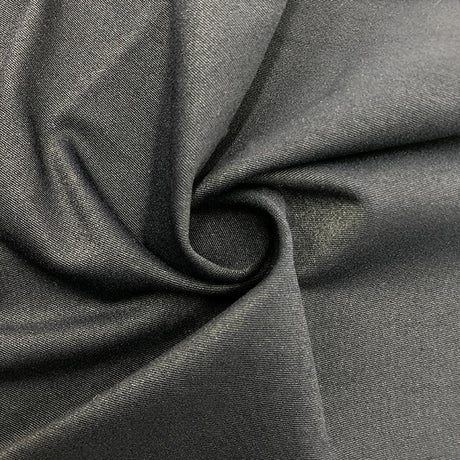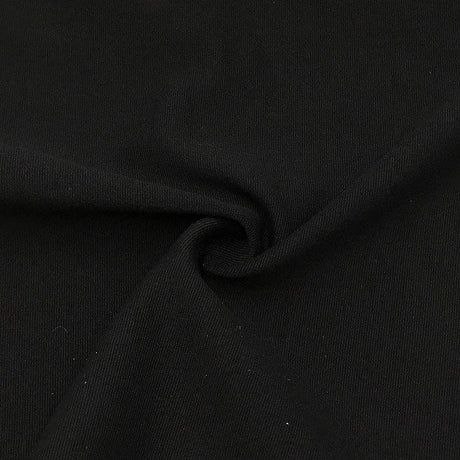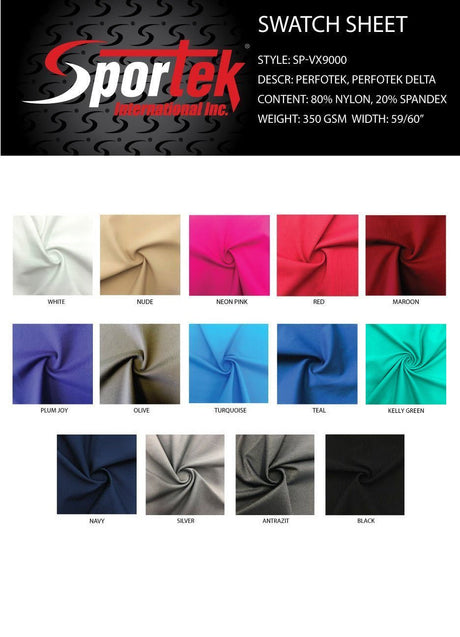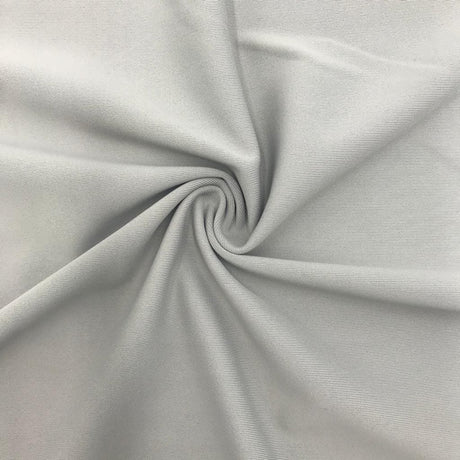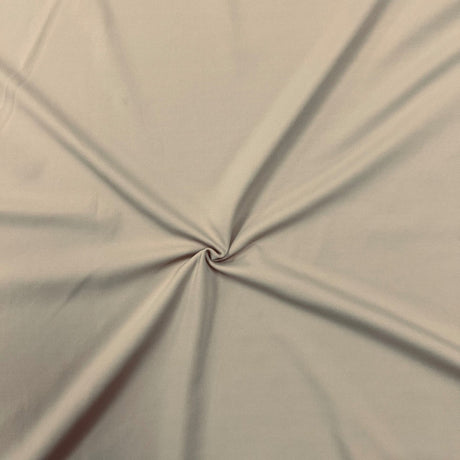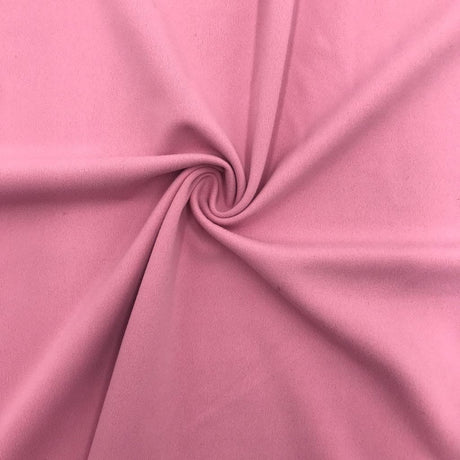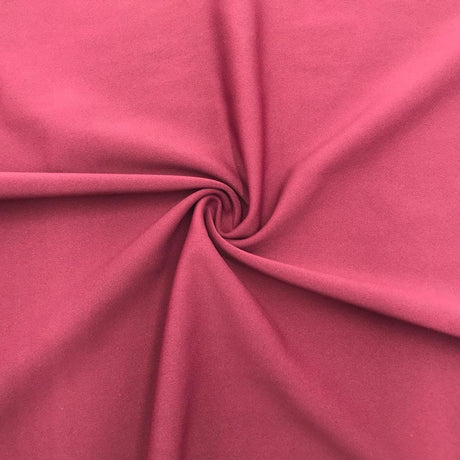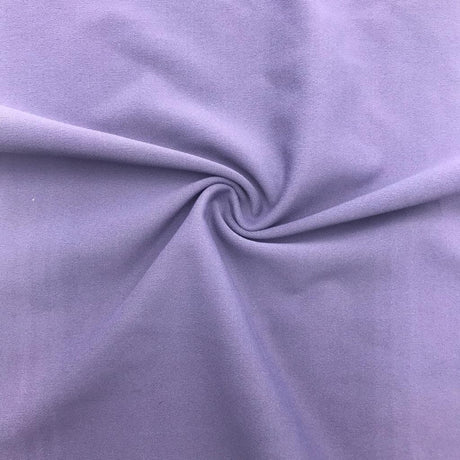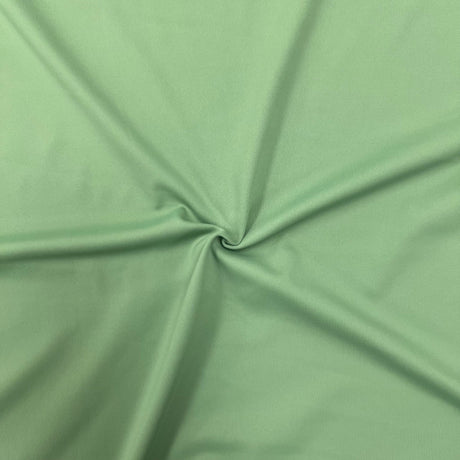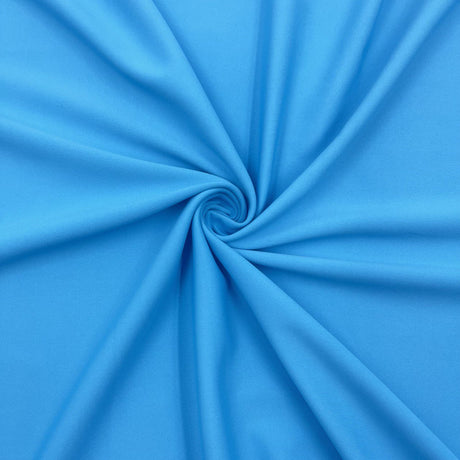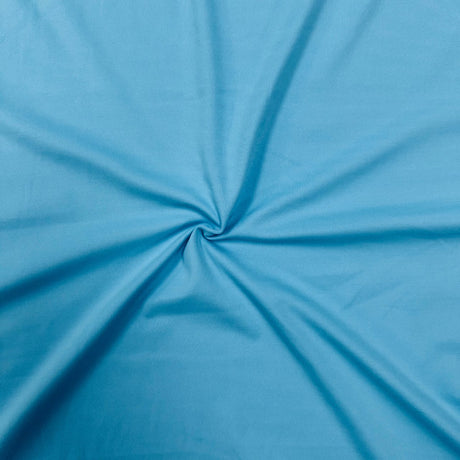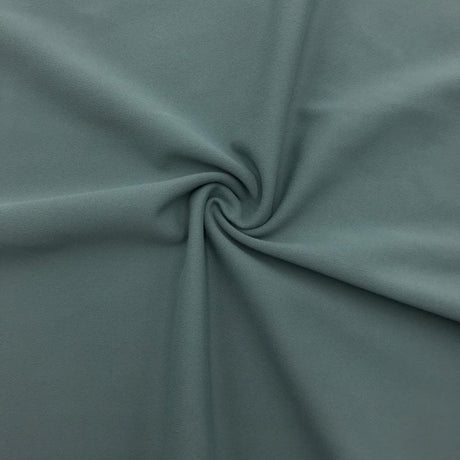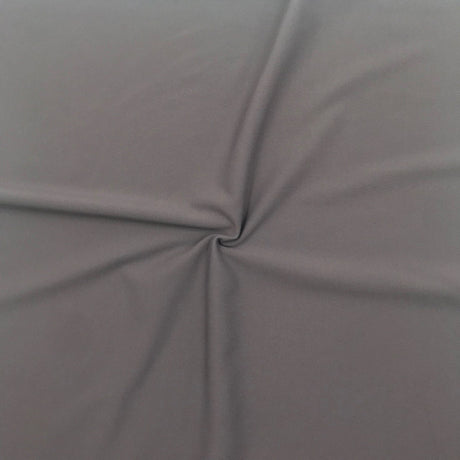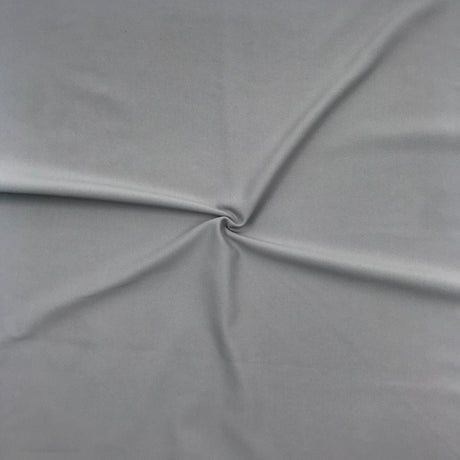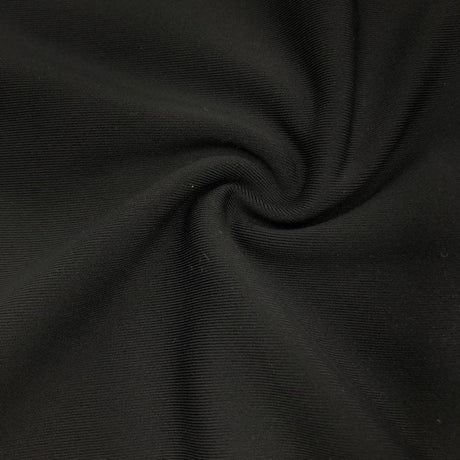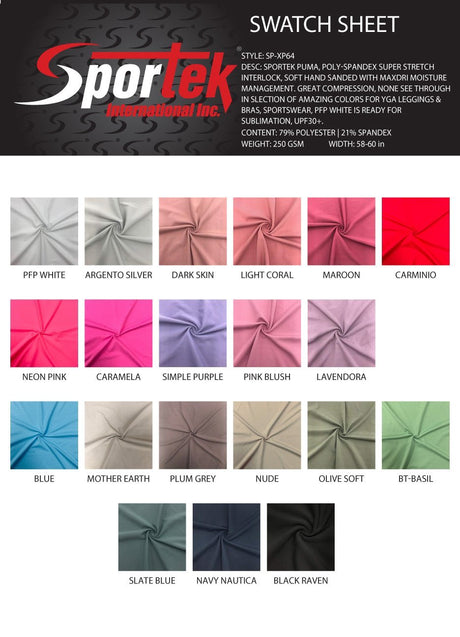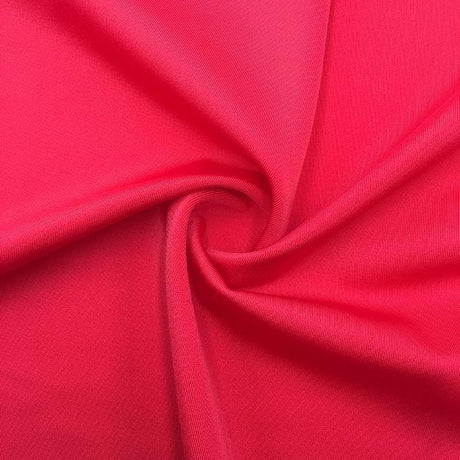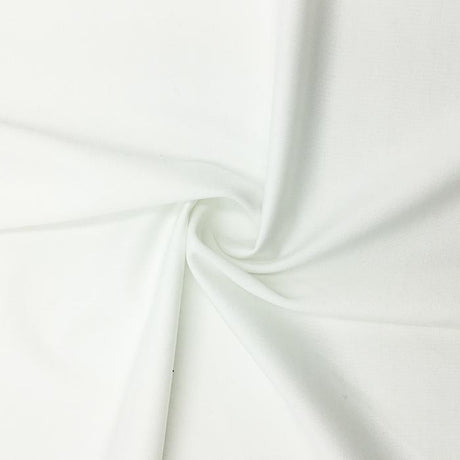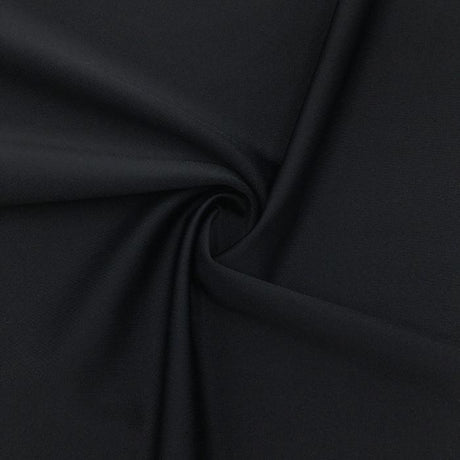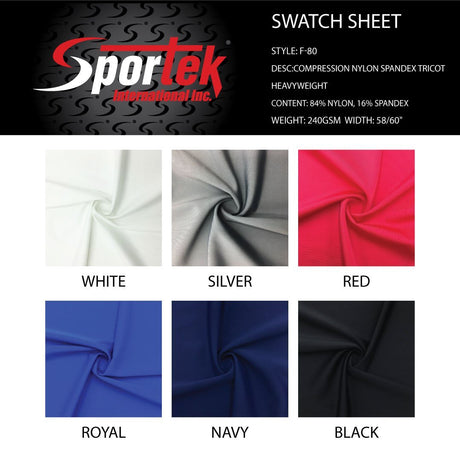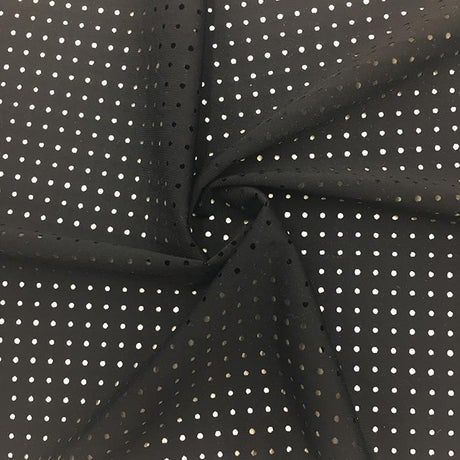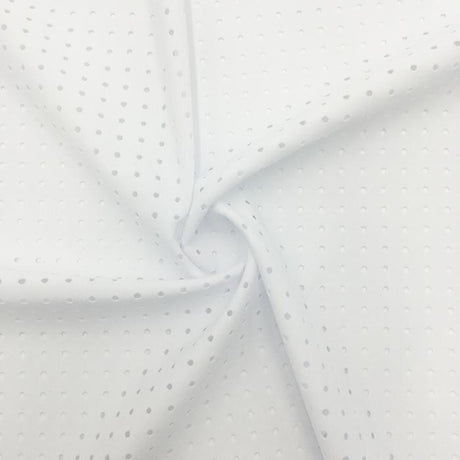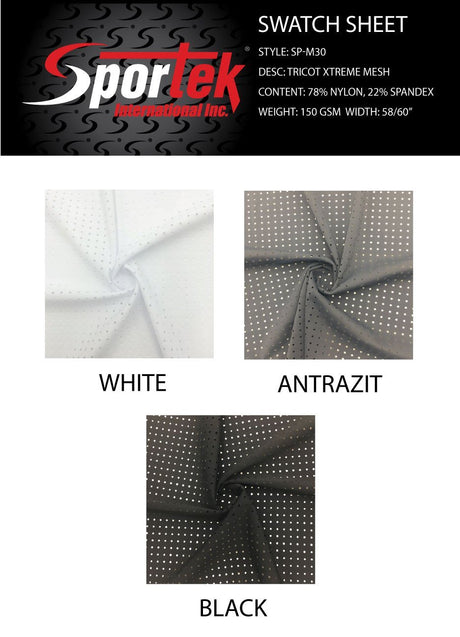Spandex care is essential if you want your favorite leggings, swimsuits, sports bras, and other stretchy garments to last. Spandex (also known as Lycra or elastane) is prized for its exceptional elasticity and comfort. From activewear and swimwear to underwear and shapewear, many everyday clothes contain spandex. However, improper care can cause spandex fibers to break down, leading to saggy, faded, or less supportive clothes. The good news is that with the right washing and drying techniques, you can keep your spandex garments in great condition for years. In this guide, we’ll cover practical washing tips (hand vs. machine washing, detergents, temperature, stain removal) and drying tips (air-drying vs. tumble-drying, heat precautions, reshaping, storage) to help you preserve the stretch and lifespan of your spandex apparel. Let’s dive into the do’s and don’ts of spandex care for everyday users who want their gear to stay fresh, clean, and as stretchy as ever.
Washing Spandex Garments
Gentle washing is key to spandex care. Harsh washing can damage the elastic fibers that give spandex its stretch. Always start by checking the care label on your garment for any specific instructions. In general, follow these guidelines when washing spandex items to prevent damage and maintain elasticity:
- Separate Colors: Just as with other clothing, sort your spandex garments by color (lights vs. darks) to avoid dye bleeding. Wash dark and light colors separately, especially for new items that might bleed. This keeps your neon workout leggings or printed swimsuits from staining lighter items.
- Hand Wash Delicate Items: Delicate spandex pieces (like lace-trimmed lingerie, shape-wear, or swimsuits) last longest with hand washing. Fill a sink or basin with cool water and a small amount of mild detergent, then gently swirl the garment. Focus on any stained areas by lightly rubbing them under water. Avoid scrubbing or wringing, which can stretch or damage fibers. Rinse thoroughly in cold water and gently press out excess water. Hand washing is especially recommended for swimsuits – chlorine and salt water can be harsh, so give them a rinse and hand wash soon after use.
- Machine Wash Sturdy Items on Gentle: Spandex is machine washable if you use the right settings. Turn spandex garments inside out before washing (this protects the outer fabric finish and color). Place them in a mesh laundry bag if possible, especially for items like sports bras or leggings, to prevent tangling or snagging on zippers. Use your washer’s gentle or delicate cycle with a cold water setting. Cold water is ideal for spandex – hot water can weaken and degrade the elastic fibers over time. A gentle cycle also reduces friction and stretching that could occur in a harsher wash setting.
- Choose a Mild Detergent: Use a mild, delicate-friendly detergent when washing spandex. Harsh detergents with strong chemicals or enzymes can slowly break down elastane fibers. Avoid chlorine bleach entirely – bleach is a spandex killer that can permanently damage fibers and even cause white fabrics to yellow. Similarly, skip regular fabric softeners; they leave residues that break down elasticity and trap odors in the fabric. Instead of fabric softener, you can add a small splash of white vinegar in the rinse cycle to naturally soften and deodorize spandex without harm. (Don’t worry – the vinegar smell rinses out and won’t linger on your clothes.)
- Don’t Overload & Don’t Overdo Detergent: Wash spandex with like fabrics and avoid throwing them in an overloaded machine. Too many clothes can cause excessive friction or prevent proper rinsing. Use only the recommended amount of detergent (often just a couple of teaspoons for a small load of activewear). Using more detergent than needed doesn’t get clothes cleaner – it actually leaves soap residue in the fibers, which can attract bacteria and cause odors or skin irritation. Less is more when it comes to detergent and spandex.
- Pre-Treat Stains Gently: If your spandex garment has a stain (say, a spill on your favorite yoga pants), pre-treat it before washing. Do not use harsh stain removers or bleach on spandex. Instead, apply a bit of mild detergent or a diluted vinegar solution to the stain and blot it gently with a clean cloth. Let it sit for a few minutes to loosen the stain, then rinse with cold water. Avoid vigorous scrubbing, as that can damage the fabric’s stretch. For oil-based stains (like body oil or sunscreen on swimwear), a little dish soap on the spot before washing can help, but test in an inconspicuous area first.
- Wash After Sweaty Use: How often should you wash spandex clothing? Ideally, after each use if the item was sweated in heavily (such as sports bras, gym leggings, or swimsuits). Spandex activewear tends to pick up sweat, body oils, and bacteria, which can lead to odors and fiber degradation if left too long. Washing your workout gear promptly (or at least rinsing it out) prevents sweat and oils from lingering and breaking down the elastic fibers. For everyday spandex-blend garments that aren’t drenched in sweat (like a casual stretch top or jeans with 2% spandex), you can wash after a couple of wears if they still seem clean. Just don’t go too many wears without cleaning, because body oils and skin cells can still accumulate in the fabric. When in doubt, a quick cold wash will freshen them up without much wear-and-tear.
- Common Washing Mistakes to Avoid: To keep spandex in top shape, avoid these pitfalls: Don’t use hot water (it can lead to shrinkage or loss of elasticity). Never use bleach or strong chemicals on spandex (they break down the fibers and even a one-time bleach can ruin the garment). Skip fabric softener and dryer sheets (the waxy coating they leave causes elastane to deteriorate and can lock in bad smells). And be careful about washing spandex alongside rough items like denim with zippers or Velcro – the friction can cause pilling or snags on the delicate spandex material. It’s best to wash your stretch leggings and similar items with other lightweight, soft garments.
By following these washing tips, you’ll prevent most damage and keep your spandex clothing clean without sacrificing stretch. Proper washing is half the battle in spandex care – the other half is how you dry and store those items, which we’ll tackle next.
Drying Spandex Garments
Once your spandex clothes are washed, drying them correctly is crucial. The number one rule for drying spandex is to avoid high heat. Heat is spandex’s worst enemy – it can melt, warp, or weaken the elastic fibers, leading to that baggy, stretched-out look we all want to avoid. Here’s how to dry your spandex garments safely:
Air-dry whenever possible. The best way to dry spandex is simply to let it air dry naturally. After washing, do not wring or twist the garment to remove water (wringing can stretch and damage the fibers). Instead, gently squeeze out excess water. A great trick is to lay the item flat on a clean, dry towel, then roll the towel up with the garment inside. Press the rolled towel to blot out moisture. Unroll it, reshape the item to its original shape, and lay it flat on another dry towel or hang it up to air dry. Make sure to keep it out of direct sunlight while drying – UV rays can break down spandex fibers and also fade colors. A well-ventilated indoor area or a shady spot outside is ideal for air-drying. Hanging is okay for some items (like hanging leggings by the waistband), but avoid hanging heavy spandex garments by their straps (for example, wet swimsuits or sports bras) because the weight of water can stretch them out. Laying such items flat is better to maintain their shape.
- Skip the Hot Dryer: Never put spandex in a hot dryer. High heat from a dryer can cause elastic fibers to become brittle or even melt, leading to a loss of stretch that cannot be repaired. In fact, the machine dryer on high heat is the fastest way to destroy a spandex garment’s elasticity. If you absolutely must use a dryer (say you’re in a hurry), use the lowest heat or “air fluff” setting and remove the items as soon as they are dry (or even slightly damp). Keep the drying time short – prolonged exposure to even moderate heat can add up to damage. Toss in a couple of dryer balls or clean tennis balls to help prevent spandex items from clumping or tangling in the dryer. But again, air-drying is by far the safest and is highly recommended for anything with a high spandex content. It might take a bit longer, but it will significantly extend the life of your leggings and swimwear.
- No Ironing (Unless Absolutely Necessary): Generally, you should avoid ironing spandex fabrics. The direct high heat of an iron can scorch or melt spandex fibers almost instantly. Usually spandex garments (like yoga pants or swimsuits) don’t wrinkle much; if you promptly smooth them out when air-drying, they should look fine. If you do get wrinkles (perhaps on a spandex-blend dress shirt or costume), try using a steamer on a low setting to gently release wrinkles without direct heat. If you must iron, turn the item inside out, use the lowest temperature setting on the iron, and place a thin press cloth (like a cotton towel) between the iron and the fabric. Never leave the iron in one spot – keep it moving quickly. But realistically, it’s best to let wrinkles fall out on their own or use steam; ironing spandex is risky and should be done with great caution or not at all.
- Reshape and Smooth: Right after washing (and after the towel roll step), take a moment to reshape your spandex garments. Gently tug them back to their proper shape and smooth out any wrinkles with your hands. For example, straighten out the legs of leggings and align seams, or reshape swimsuit cups. Spandex can form creases if left bunched up, so smoothing it ensures it dries in the correct shape. Also, spandex can wrinkle if twisted, so handling it gently helps avoid setting in wrinkles. By the time the item is dry, it should look close to how it normally does.
- Proper Storage: How you store spandex clothing after it’s dry can also impact its longevity. Make sure the garments are completely dry before storing to prevent mildew or odor. It’s best to fold spandex garments for storage rather than hanging them on hangers for long periods. Folding (or storing flat) avoids stretching out the fibers that can happen if a heavy garment (like a wet swimsuit or a thick yoga pant) hangs and pulls downward over time. If you do hang spandex items, use hangers with wide, padded arms or clips at the waistband (for pants) to minimize stress, and definitely don’t hang sweaters or knits that are primarily spandex – they’ll droop. Store your spandex clothes in a cool, dry place away from direct sunlight. Prolonged exposure to heat or UV light even in storage (for instance, in a hot car trunk or near a sunny window) can degrade the elastic fibers and fade colors. A drawer or closet shelf is perfect.
Following these drying tips will prevent the most common spandex disasters like shrinkage, warping, or losing stretch. Remember, air-dry is best to maintain that like-new elasticity. It might require a bit of patience, but your spandex items will reward you by staying in shape and comfortable much longer.
Prolonging Spandex Elasticity and Lifespan
Everyday habits beyond just washing and drying can affect how long your spandex clothes retain their stretch. Here are some extra spandex care tips to prolong the elasticity and overall lifespan of your garments:
- Keep Heat in Check: As mentioned, heat is spandex’s kryptonite. To preserve elasticity, always wash in cold water and air-dry whenever possible. Avoid hot water washes and high dryer heat, as they both can cause spandex fibers to weaken or even melt, resulting in a loose, baggy fit over time. Also be mindful when wearing spandex in hot environments – for instance, frequent hot tub or sauna use in your spandex swimwear will deteriorate the elastic quickly (chlorine + hot water = bad for spandex). If you love hot tubs, consider designating an older or cheaper swimsuit for that purpose to spare your nicer suits the damage.
- Avoid Harsh Chemicals: Steer clear of chemicals that degrade spandex. Chlorine bleach is the worst – it can permanently break down elastane fibers and even cause discoloration. Fabric softeners and dryer sheets are another common culprit; they deposit a waxy film that not only locks in odors but also breaks down elasticity over time. Even strong all-purpose detergents can be too harsh – opt for gentle detergents without additives like optical brighteners or strong enzymes that can eat away at spandex. Whenever possible, use products formulated for delicates or activewear which clean sweat and oils effectively without corrosive effects on stretch fibers. In short, mild and spandex-safe products will keep your garments elastic and vibrant.
- Rinse After Chlorine or Saltwater: Chlorine from swimming pools and salt from the ocean can both degrade spandex fibers and dull the material. If you’re wearing spandex swimwear, rinse it out with fresh water immediately after swimming – even before you get around to a full wash. A quick rinse in the shower or sink removes a lot of the chemicals and prevents them from setting into the fabric. This also applies to sweat: after a particularly sweaty workout, if you can’t wash your clothes right away, at least rinse them in cold water and hang them up to dry (or lay flat). This prevents sweat salts and bacteria from lingering in the fabric for too long.
- Rotate Your Favorites: If you have a favorite pair of yoga pants or only one good sports bra, you might be tempted to use it every day. But giving spandex time to “recover” can prolong its life. Spandex fibers actually benefit from a small rest period to revert to their original shape. Rotate between multiple garments so that no single item gets worn (and washed) on consecutive days. For example, have a couple of sports bras and alternate them, or two swimsuits if you swim daily. Tide Cleaners notes that spandex in swimwear needs a day to return to its usual position after use. By rotating, you’ll avoid over-taxing the elastic in one garment and they’ll all last longer.
- Be Gentle During Wear: Prolonging elasticity isn’t just about laundry – it’s also about how you use the garment. Try not to overstretch your spandex clothing when putting it on or taking it off (for instance, avoid yanking your leggings by the waist too aggressively). Be mindful of friction and abrasion: constant rubbing against rough surfaces can thin out and weaken spandex. If you’re doing floor exercises, using a yoga mat can protect your spandex leggings from friction with the ground. Avoid sitting on rough concrete or rock in your spandex shorts as it can cause pilling or tears. Also, watch out for Velcro or sharp objects that can catch and snap spandex fibers. By treating the fabric with care during wear, you reduce mechanical stress on the elastic threads.
- Cool, Dry Storage: As mentioned in drying, storing spandex in a cool, dry place away from sunlight prevents sneaky damage. High humidity environments (damp basements, for example) can encourage mildew or make elastic fibers age faster. Likewise, long exposure to sunlight (like leaving a swimsuit to dry in a sunny window for days) can cause both UV degradation of fibers and color fading. A drawer or closet is the best home for your spandex gear when it’s not in use.
With these practices, you’re actively defending the stretchiness and longevity of your spandex garments. Proper spandex care is all about minimizing the forces that weaken elastic: heat, harsh chemicals, and physical stress. In return, your clothes will keep their shape and snap much longer, saving you money in the long run and reducing waste.
Dealing with Odor in Spandex Clothing
One common issue with spandex (especially in workout gear) is that odors can linger. If your leggings or athletic tops still smell a bit funky even after washing, don’t worry – this is a solvable problem with the right approach. Spandex and other synthetic fabrics can trap oils and bacteria, so spandex care includes tackling those odors effectively:
- Wash Immediately or Rinse After Use: The longer sweaty clothes sit in a hamper or gym bag, the more time bacteria have to grow (and stink). Try to wash activewear after every workout. If you can’t do a full wash, at least rinse items in cool water and let them dry out rather than balled up damp. This simple step of rinsing and air-drying prevents a lot of odor buildup.
- Turn Garments Inside Out to Wash: Odor-causing bacteria and body soils accumulate on the inside of your clothes (the side that touches your skin). Washing inside-out allows water and detergent to more directly contact these residues. It also helps protect any coloration or printing on the outside of the garment. Close any zippers or Velcro to prevent them from damaging the fabric or trapping odors.
- Use White Vinegar Soaks: White vinegar is a secret weapon against persistent smells. The acetic acid in vinegar kills bacteria and neutralizes odors. If your spandex items are especially smelly, pre-soak them in a vinegar solution before washing. For example, mix one part distilled white vinegar with four parts cold water in a sink, and submerge the garments for 15–30 minutes. Afterwards, rinse and then wash as usual. The vinegar smell will rinse out, and it can greatly reduce or eliminate stubborn odors. (As a bonus, vinegar helps break down any detergent residue in the fibers that might be trapping odor.)
- Baking Soda for Odor Removal: Baking soda is another natural deodorizer. You can dissolve half a cup of baking soda in water and soak the clothes, or add the baking soda to the wash along with detergent (if your washer allows, put it in the drum with the clothes). Baking soda helps neutralize acidic sweat odors and freshens fabrics. Some people even make a paste of baking soda to pre-treat the underarm areas of workout tops. Just be sure to rinse thoroughly so no powdery residue remains.
- Use Specialty Detergents (but Don’t Overdo It): There are detergents made specifically for activewear (high-performance fabrics) that target odor and oils – for example, products like HEX or WIN sports detergent. These can be very effective at deep-cleaning spandex without harming it. Whichever detergent you use, do not use more than the recommended amount thinking more soap = more clean. In fact, excess detergent often worsens odor by leaving residue that bacteria cling to. A small, measured amount of a quality detergent will do the trick. If odors persist, it’s better to do a vinegar pre-soak or a second wash rather than adding extra soap.
- Avoid Fabric Softeners and Dryer Sheets: We’ve said it before, but it bears repeating for odor specifically – fabric softeners can make odors worse. They coat the fibers and can lock in sweat and bacteria inside that coating, making odors hard to remove. Softener fragrance might mask odor temporarily, but it also impedes proper cleaning. It’s best to skip it entirely for spandex. If you want a fresh scent, use a scent booster designed for activewear or simply a bit of essential oil on a wool dryer ball during a no-heat tumble. But first focus on truly getting the odor out with proper washing; covering it up won’t last.
- Thorough Drying = Odor Prevention: Make sure your spandex items dry completely after washing. Any dampness can lead to a musty smell or mildew. Air-drying in a well-ventilated area not only protects elasticity but also ensures that bacteria don’t have a moist environment to regrow. If you live in a very humid area, you might finish with a brief low-heat dryer cycle just to get that last bit of moisture out – but remember to keep it cool. Completely dry gear is far less likely to smell.
With these steps, even the smelliest gym clothes should emerge fresh. For example, you might soak your workout leggings in vinegar for 20 minutes, then wash inside-out with a mild sports detergent, and finally let them drip-dry. The result: clean, odor-free leggings ready for your next workout. Odor removal is a key part of spandex care, especially for active folks, and it will also keep your garments more hygienic and pleasant to use.
When to Replace Spandex Garments (Signs of Wear)
No matter how diligent you are with spandex care, these elastic fibers won’t last forever. Spandex garments have a finite lifespan, typically a couple of years of regular use for good-quality items. Eventually, you might notice that your favorite piece isn’t performing like it used to. Here are signs that your spandex clothing is wearing out and it may be time to replace it:
- Loss of Elasticity: The most obvious sign is when the garment no longer has the same stretch or “snap-back” as when new. For instance, leggings or yoga pants that were once form-fitting might start to sag at the knees or waist. If you stretch the fabric and it doesn’t spring back to its original shape, that means the elastic fibers have degraded. A sports bra that used to give good support might feel loose and not hold you in place anymore – another sign the spandex has lost its tension.
- Sagging or Loose Fit: You might notice your compression shorts or shapewear looking baggy. Sagging, baggy areas that stay even after washing and drying indicate the spandex fibers are overstretched and worn out. If a swimsuit’s backside is no longer snug or a bra’s band is riding up because it’s not tight, the elastic is failing.
- Thinning or Transparencies: Over time, spandex fibers can break and the fabric can start to thin out. You might see areas that look shiny or threadbare. A classic example is workout leggings becoming a bit see-through (especially when stretched during a squat) – that often means the material is worn down. If your leggings used to be opaque and now you notice your skin or underwear showing through when you bend, it’s a sign the fabric is past its prime. Thin spots in high-stress areas (knees, elbows, inner thighs, seat) also signal wear.
- Permanent Stretching: Sometimes you’ll notice certain areas of a garment have become permanently larger – for example, the knees of your athleisure pants stay baggy even after washing, or the elastic in the waistband of your underwear is all stretched out and doesn’t rebound. When spandex is stretched past its limit repeatedly, it can reach a point of no return. Constantly loose fabric that never regains its shape is a sure sign the elastic fibers have given up.
- Destroyed Elastic Bands or Seams: In items like underwear or sports bras, the elastic bands (often covered but you can feel them) might start to feel crunchy, twisted, or overly slack. You might also hear crackling when stretching an old elastic band – that’s the sound of rubberized elastic breaking. If the elastic trims are shot, the garment won’t fit right anymore. Seams that contain spandex may also lose stretch, causing threads to show or even break.
If you notice a combination of these issues and the garment just isn’t comfortable or functional anymore, it’s time to retire it. There’s no real way to restore spandex that has lost its elasticity – once those fibers are damaged or overstretched, it’s irreversible. You might keep worn-out pieces for lounging or yard work, but for workouts or outings, a replacement will serve you better.
When replacing, consider the quality of the new item’s fabric. Higher-quality spandex blends (especially those with a good percentage of Lycra or with nylon rather than polyester) often last longer. But regardless, commit to good care from the start and you’ll maximize the life of the new garment too.
Tip: Instead of throwing away old spandex clothing, see if you can repurpose or recycle them. Some organizations accept textile recycling, and certain brands have take-back programs for activewear. You can also repurpose old spandex leggings as cleaning rags or cut them into hair ties, etc. However, if an item is truly worn out (e.g. completely slack and see-through), it has served you well and deserves a proper retirement!
Conclusion
Caring for spandex fabrics might require a bit of extra attention, but it’s well worth it to keep your clothes looking and feeling great. By following these washing and drying tips for spandex care – using cold water and gentle cycles, avoiding harsh chemicals, air-drying away from heat, and storing items properly – you’ll significantly extend the lifespan of your stretch clothing. Your leggings will stay supportive, your swimsuits will retain their shape and color, and your sports bras will continue to hold everything in place workout after workout. In short, treat spandex kindly and it will repay you with many more comfortable wears. Remember, the key is gentle care: gentle wash, gentle dry, and gentle use. With a little effort, your spandex garments will remain elastic, vibrant, and ready for action, keeping you looking stylish and feeling confident in all your activities. Happy stretching – and happy spandex care!



